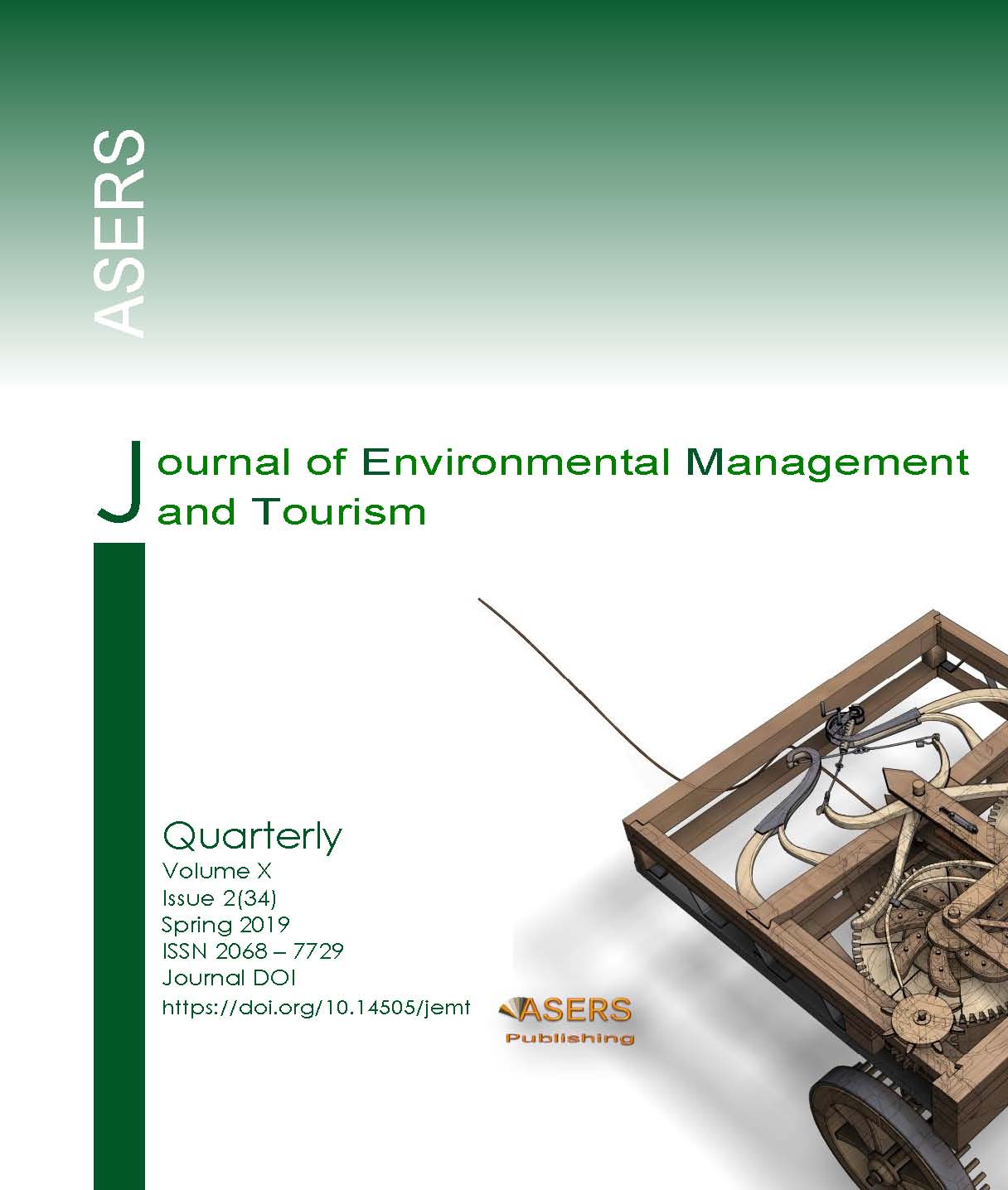Communication Model for Developing Tourism Potentials in Solop Beach, Riau
Abstract
The objectives of the study are to develop communication model for developing tourist potentials in Solop Beach, Indragiri Hilir, Riau, and to analyze both public and government participation on tourist management in Solop Beach, Indragiri Hilir, Riau.
The setting of the study was Solop Beach located in Indragiri Hilir, Riau. It used descriptive qualitative method in which interview and field observations were the data collection methods. The populations were people living around Solop Beach, Indragiri Hilir, Riau. The total population was 800 families. The number of sample was 100 people. The sampling technique was non-probality sampling. Primary data referred to information obtained from the interviews and field-observation in Solop Beach while secondary data, additional information that complemented the primary data, referred to the theories from relevant literatures as well as findings of previous studies and documents obtained from the Department of Tourism, National Statistics Bureau and Bappeda of Indragiri Hilir.
Transactional model of communication and knowledge-sharing are two channels of communication Department of Tourism of Indragiri Hilir used to develop tourist potentials in Solop Beach, Indragiri Hilir, Riau. The most frequent line of communication in the models are interpersonal, group and public communication. Roles of the regional government in Solop Beach are providing infrastructure and public facilities, promotion and involving the locals in program of which purpose is to develop tourism sector in Beach. The beach needs better public facilities because of growing number of visitors. The locals take active participation in government programs to develop tourism sector in this beach. They join “sadar wisata” community group and attend training on tourism the regional government conducts.
References
[2] Cangara, S. 2012. Identifikasi dan Pengembangan Nilai-Nilai modal sosial lokal untuk pencegahan serta resolusi konflik sosial masyarakat di Provinsi Sulawesi Selatan. Agrokompleks. Available at: http://repository.unhas.ac.id/handle/123456789/6326
[3] DeVito, R.P. 2009. U.S. Patent No. 7,550,738. U.S. Patent and Trademark Office, Washington, DC. ISBN: 9780205625703.
[4] Eisenberg, E.M., Johnson, Z., and Pieterson, W. 2015. Leveraging social networks for strategic success. International Journal of Business Communication 52(1): 143-154. DOI: https://doi.org/10.1177/2329488414560283
[5] Hungu, D.A. 2007. Pengertiaan Jenis Kelamin. Diakses. Penerbit Grasindo, Jakarta. Available at: http://repository.usu.ac.id/bitstream/123456789/23622/3/Chapt er II.pd
[6] Koentjaraningrat, R.M. 1990. Beberapa pokok antropologi social, PT Dian Rakyat, Jakarta, 317 p.
[7] Mubyarto. 1998. Reformasi sistem ekonomi: dari kapitalisme menuju ekonomi kerakyatan. Yogyakarta: Aditya Media, ISBN: 9795391127, 135 p.
[8] Mulyana, D. 2007. Metode penelitian komunikasi. Remaja Rosdakarya, Bandung. Available at: https://www.academia.edu/9277589/Metode_Penelitian_Komunikasi
[9] Osborne, D., and Gaebler, T. 1993. Reinventing government: The five strategies for reinventing government, PlumeBooks, ISBN: 9780452269422, 432 p.
[10] Potter, W.J. 2009. Conceptualzing the audience. Nabi, R.L. and Oliver, M.B. The SAGE Handbook of Media Processes and Effects. SAGE Publications. US., ISBN: 9781412959964 1412959969, 643 p.
[11] Roelofs, A.J., Thompson, K.H, Ebetino, F.J., Rogers, M., and Coxon, F.P. 2010. Bisphosphonates: molecular mechanisms of action and effects on bone cells, monocytes and macrophages. Current pharmaceutical design 16(27): 2950-2960. DOI: htpps://doi.org/10.2174/138161210793563635
[12] Sendjaya, S. 2010. Demystifying servant leadership. In Servant Leadership. Palgrave Macmillan, London, 39-51 pp.
[13] Sugiyono. 2005. Metode Penelitian Bisnis. Alfa Betha, Bandung.
[14] Sumodiningrat, G. 2007. Pemberdayaan sosial: Kajian ringkas tentang pembangunan manusia Indonesia. Penerbit Buku Kompas, ISBN: 9789797093228, 144 p.
[15] Tubbs, S.L. and Moss, S. 1996. Human communication I dan II, Edisi Bahasa Indonesia, Translator Deddy Mulyana. Remaja Rosdakarya, Bandung.
[16] Wenburg, J.R. and Wilmot, W.W. 1973. The personal communication process. New Yor Wiley. ISBN: 0471933643 9780471933649, 236 p.
[17] Zhang, R.Q. and De Sarkar, A. 2011. Theoretical studies on formation, property tuning and adsorption of graphene segments. Mikhailov, S. (Ed.). Physics and Applications of Graphene – Theory. ISBN: 978-953-307-152-7. InTech, Available at: http://www.intechopen.com/books/physics-and-applications-of-graphene-theory/theoretical-studies-on-formation-property-tuning-and-adsorption-of-graphene-segments
Copyright© 2025 The Author(s). Published by ASERS Publishing 2025. This is an open access article distributed under the terms of CC-BY 4.0 license.
